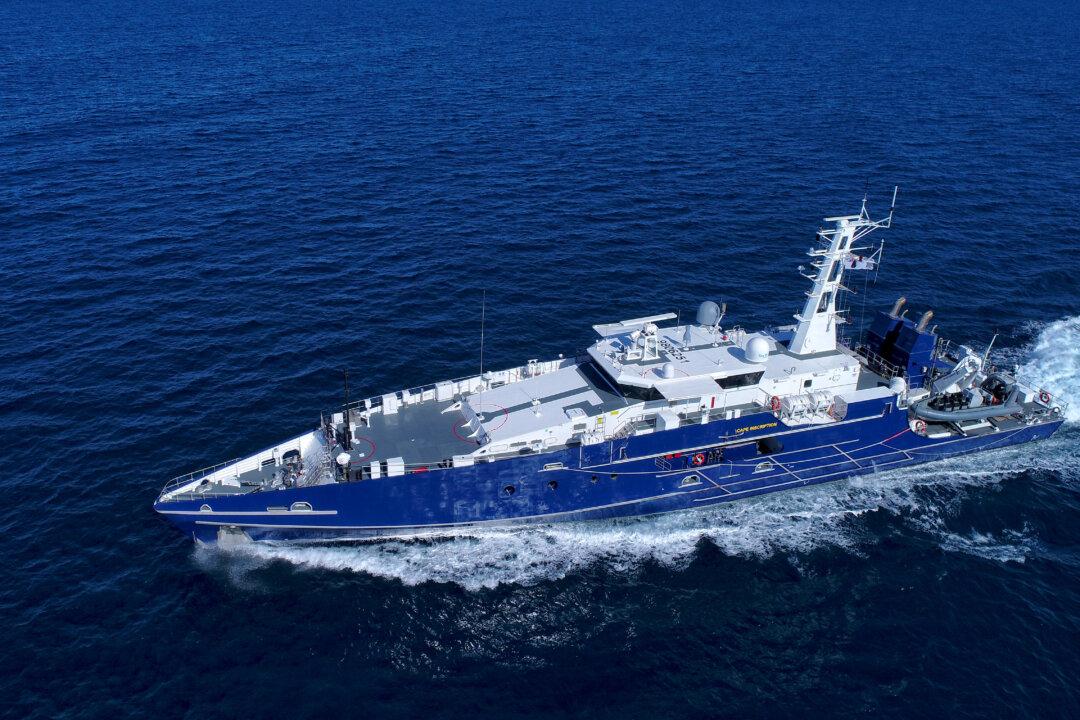Defence contractor Austal has revealed a record financial performance underpinned by growing defence spending from the Australian and U.S. government, despite the effects of COVID-19 on the world economy.
In an announcement, the West Australian naval shipbuilder revealed the company’s revenue exceeded the $2 billion mark for the first time, up a record 13 percent on the previous financial year.





